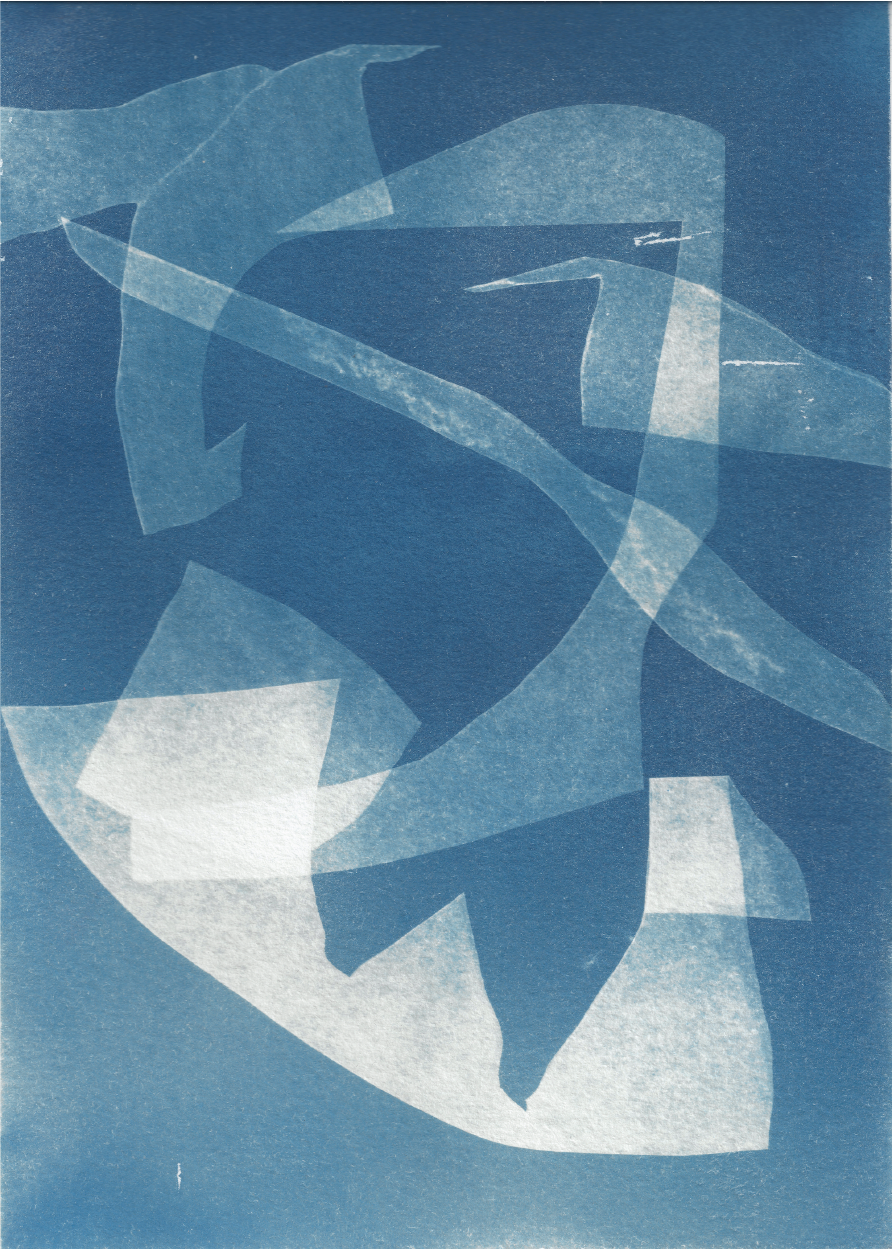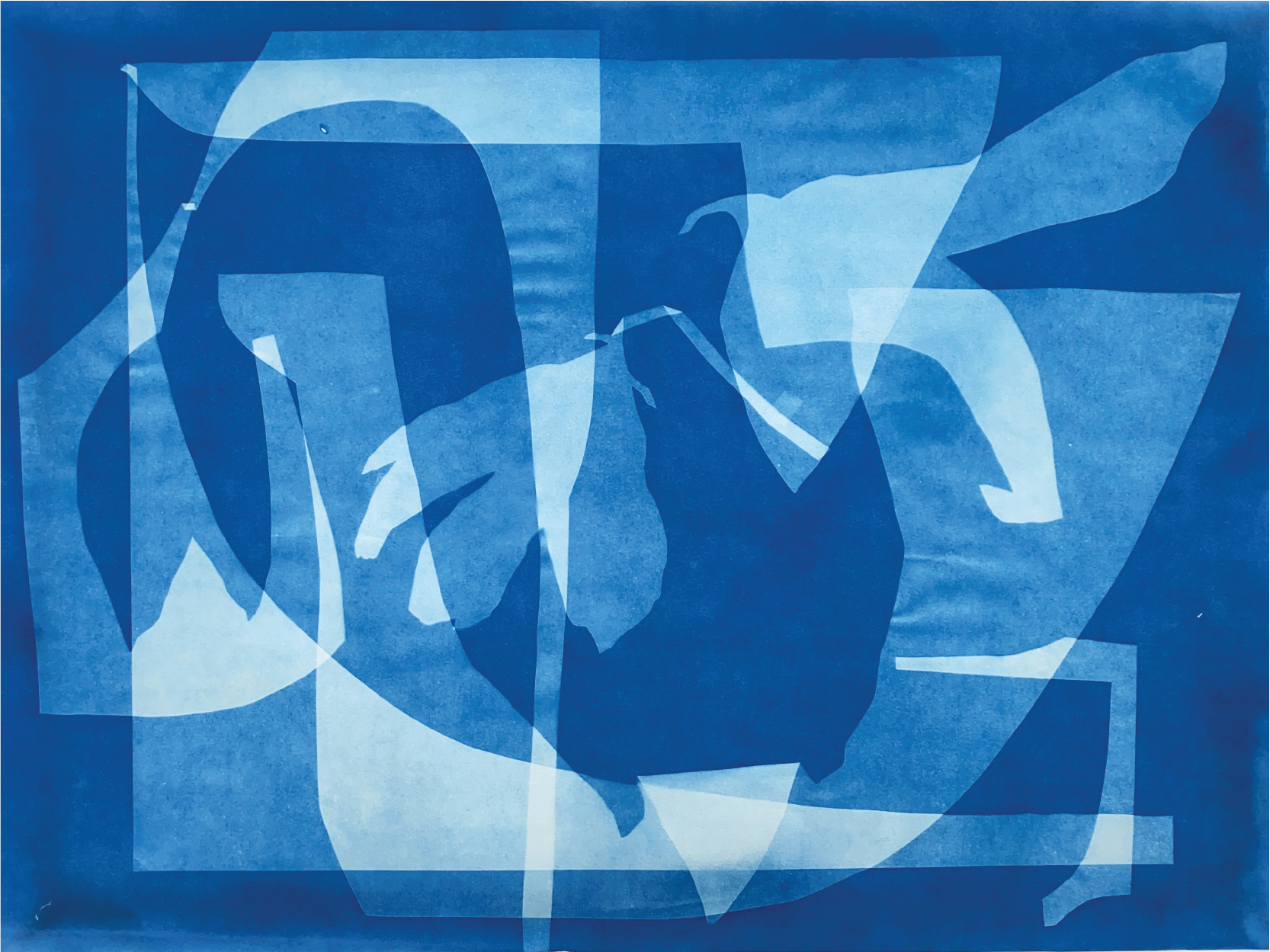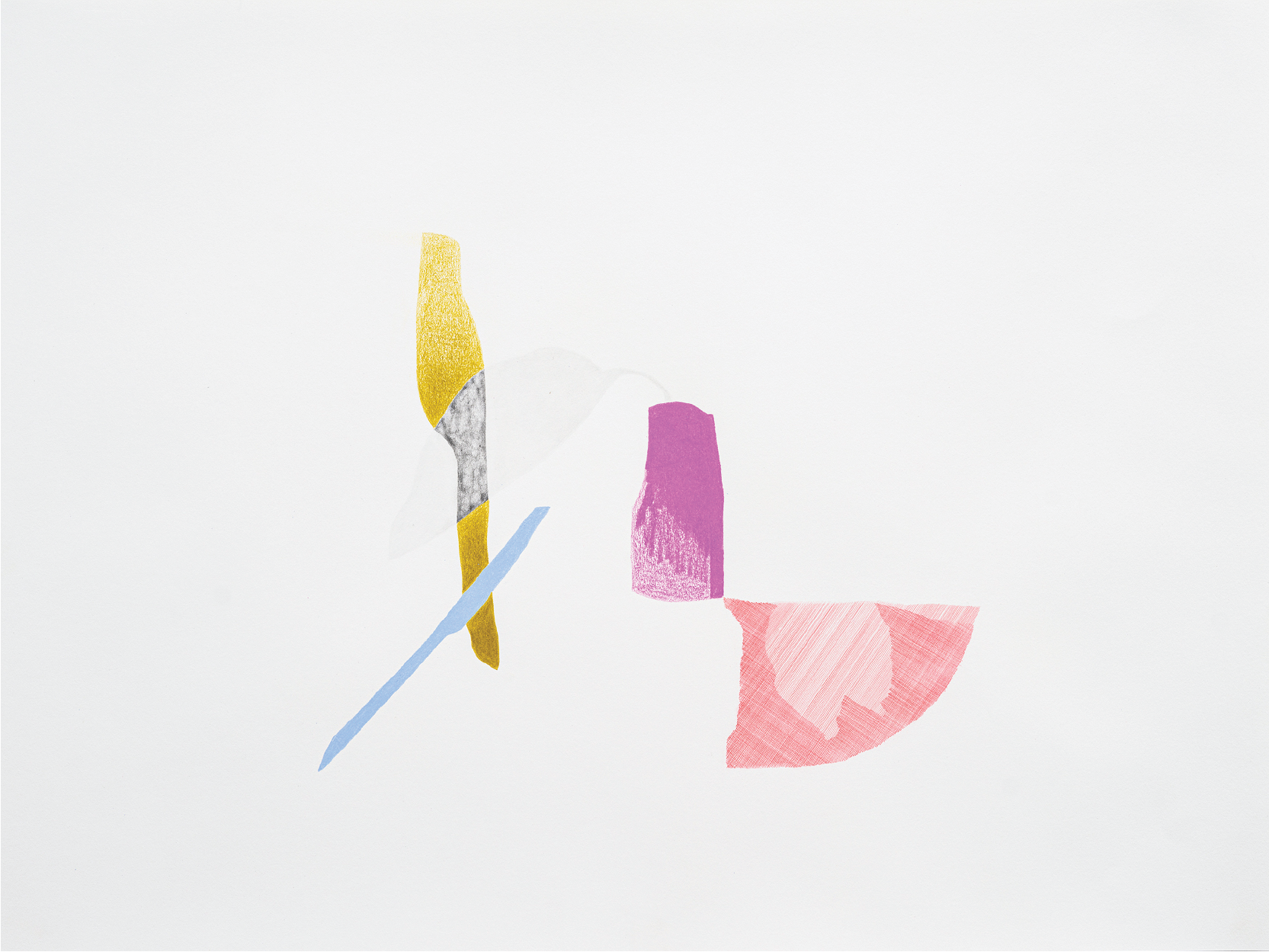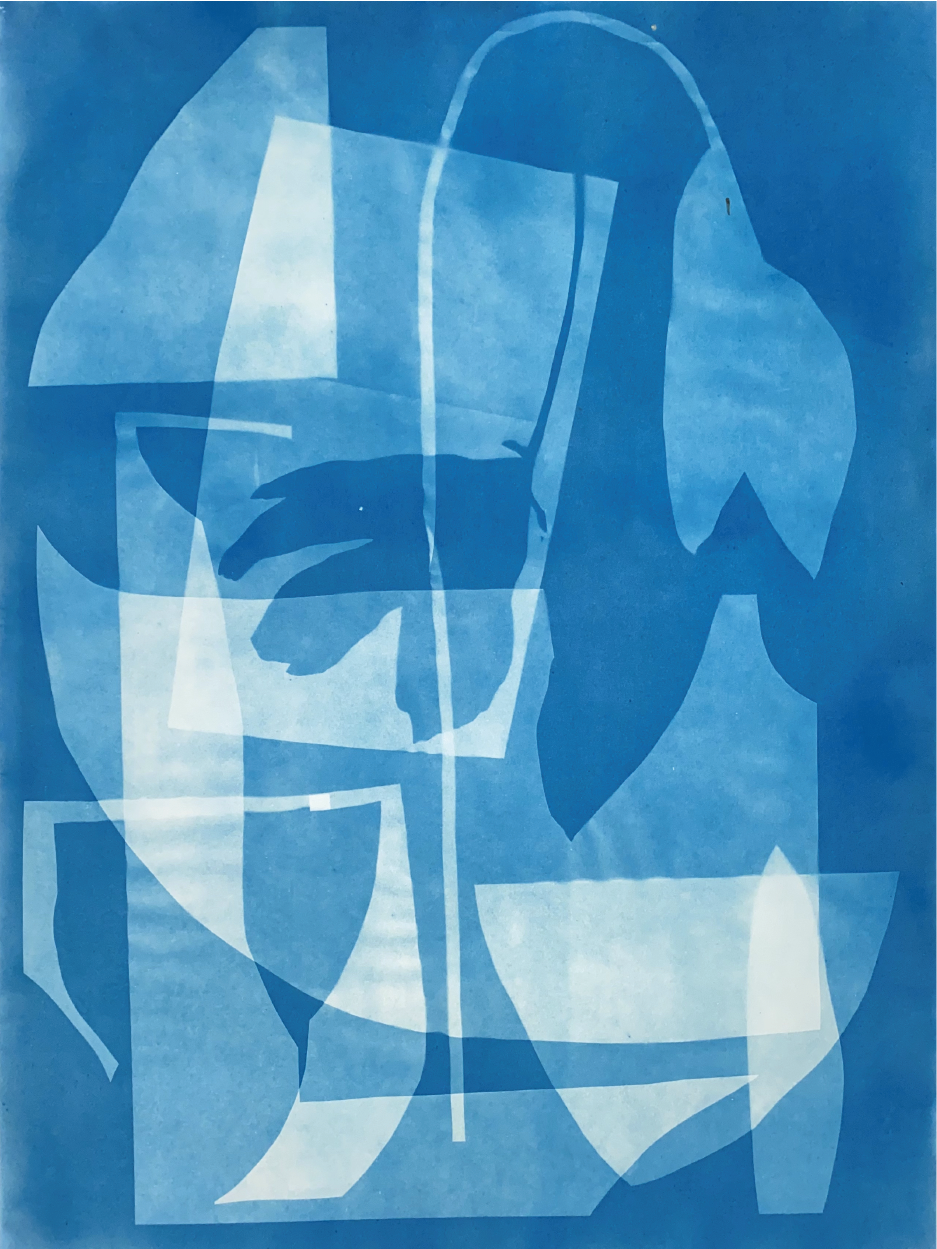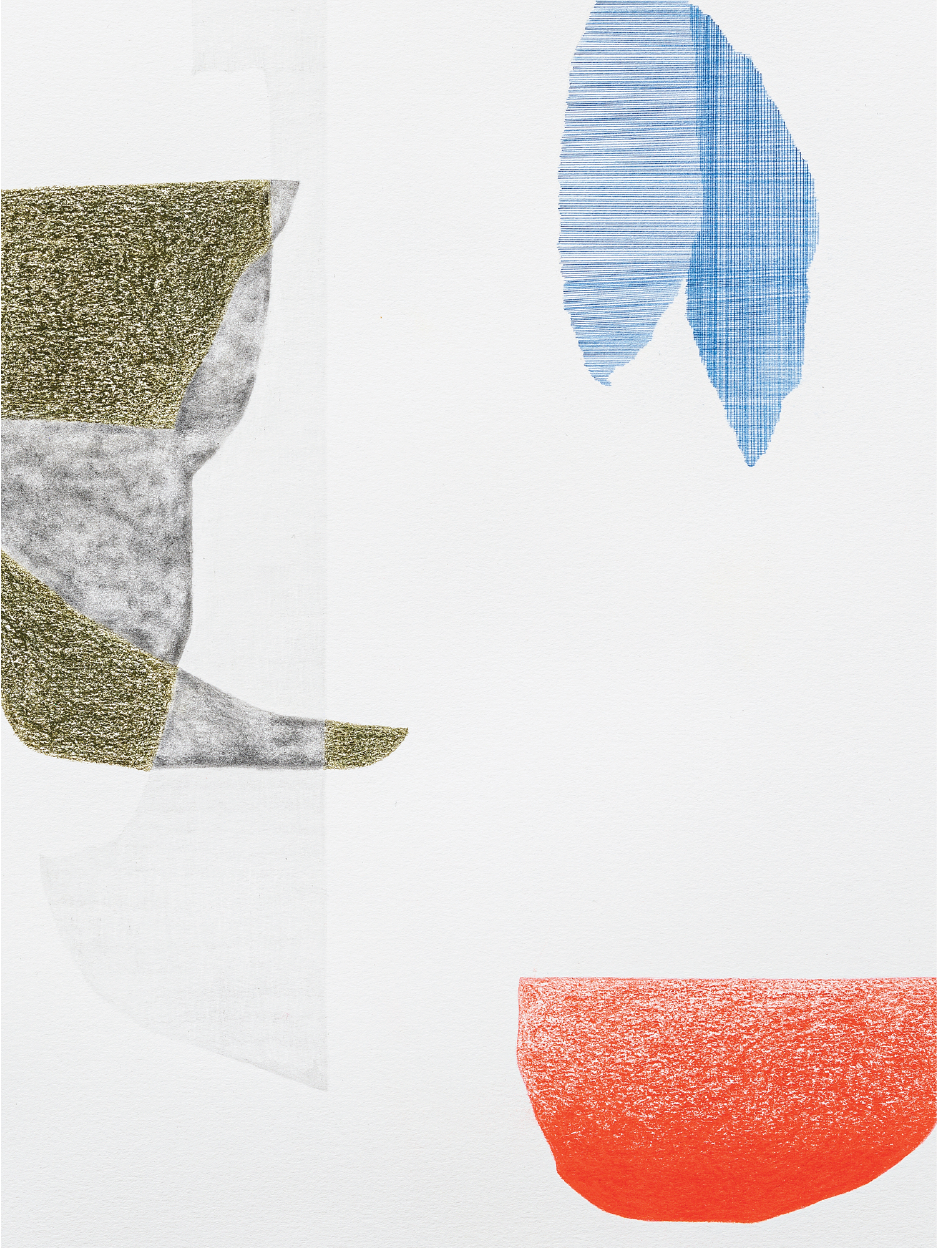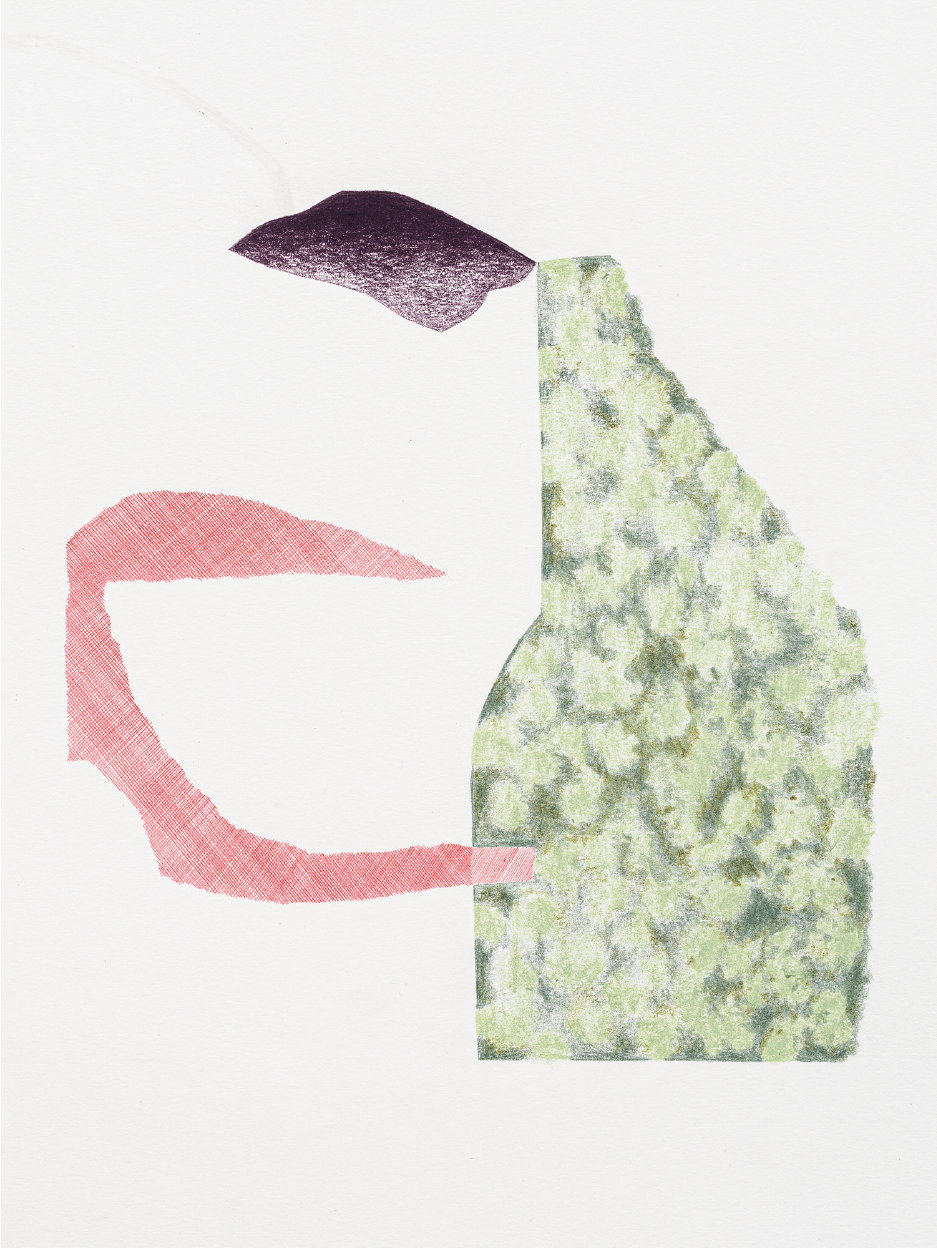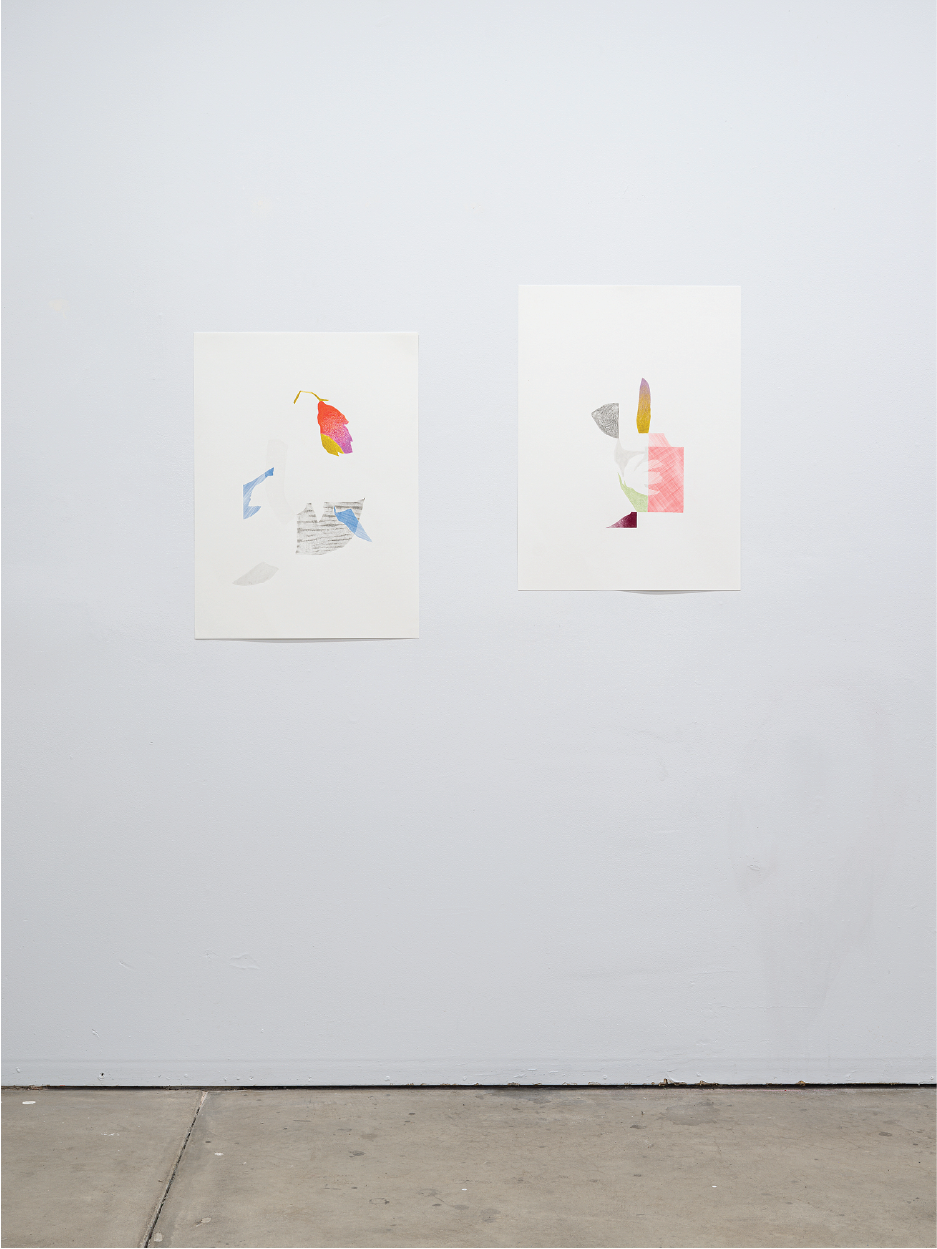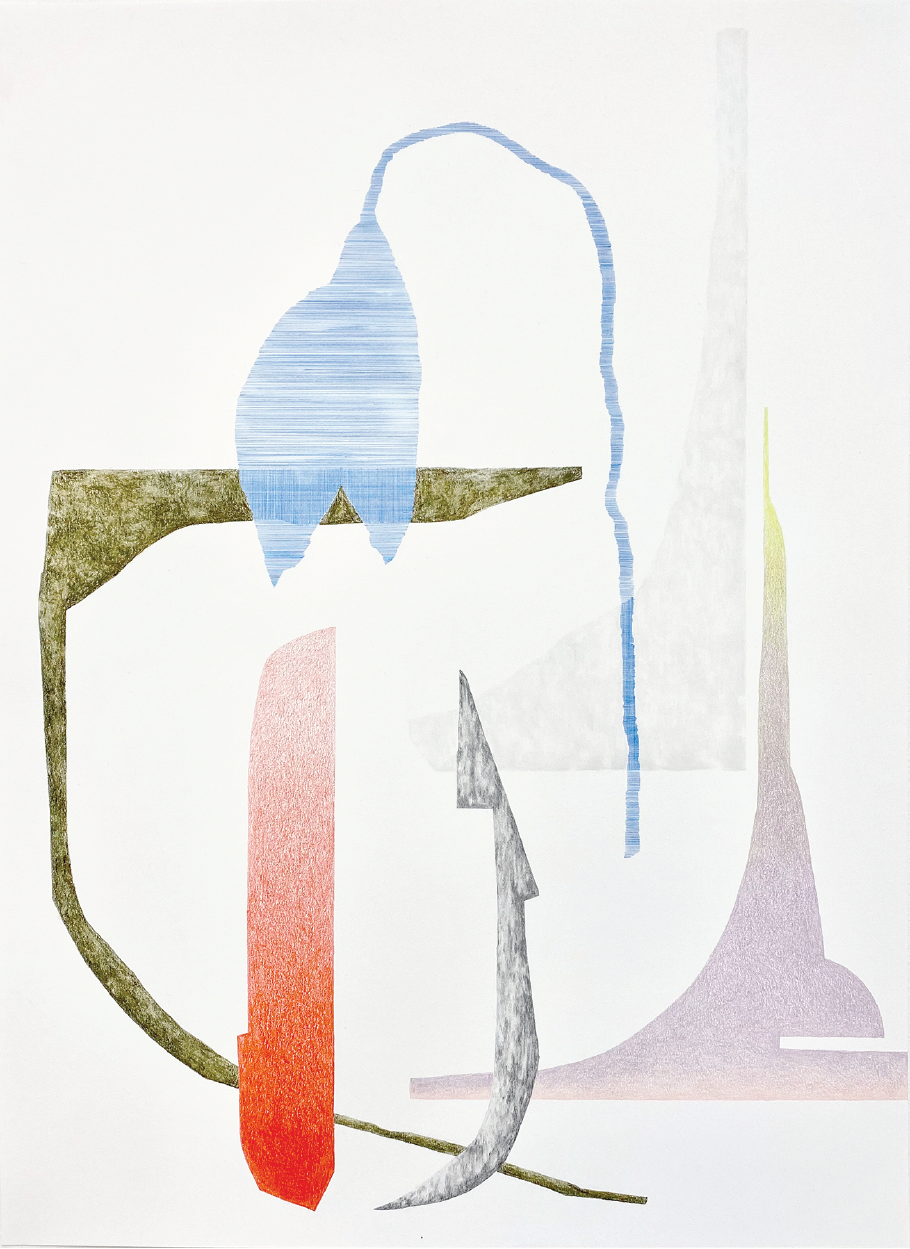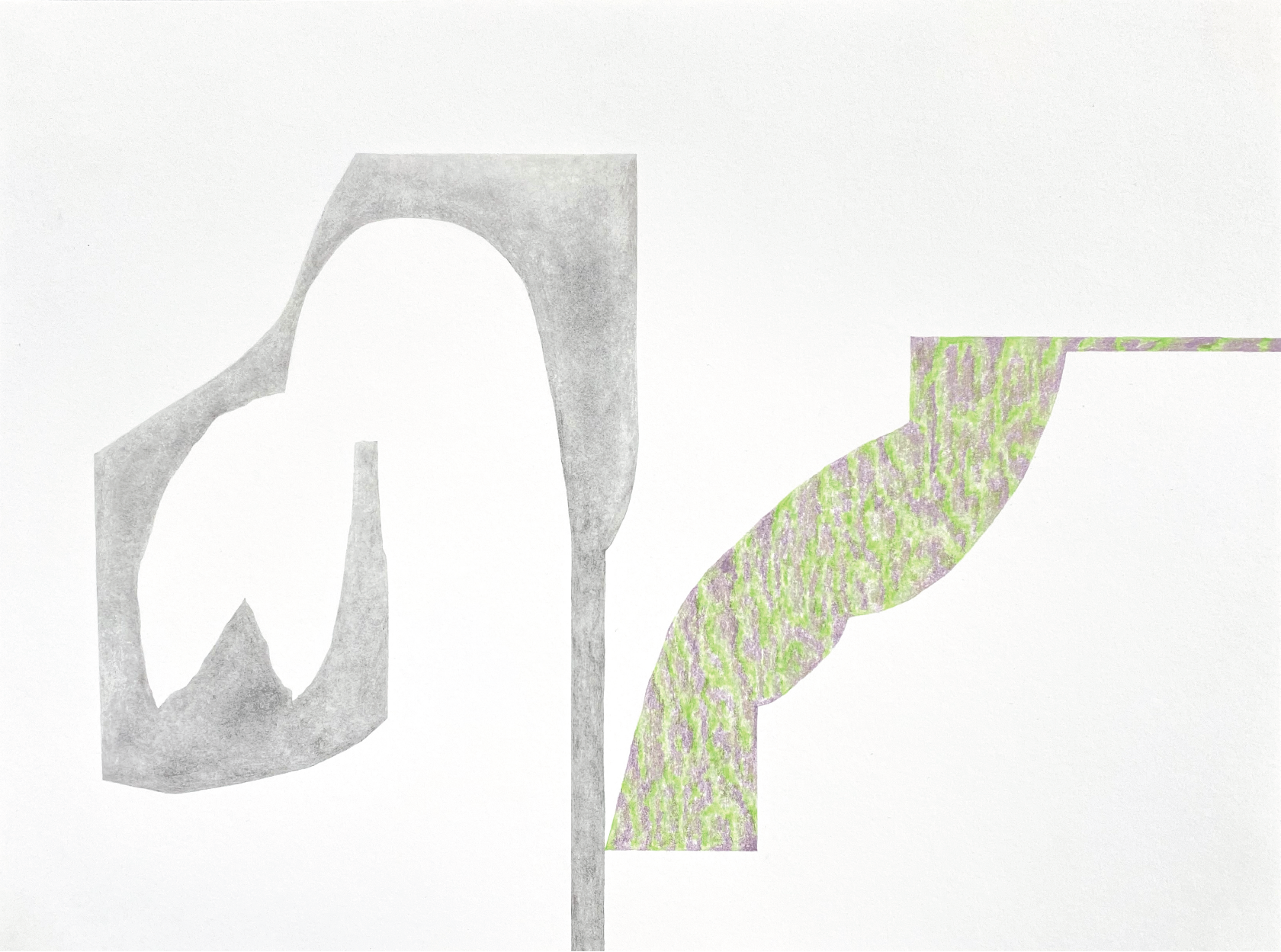06 Kara Clarke→
Hannah Petkau’s practice is rooted in arranging: forming connections between material, form and process. Petkau’s drawings, cyanotypes and sculptures utilizes forms derived from a single still life drawing of magnolias that have been repeatedly deconstructed, rearticulated and rearranged, in a never ending cycle.
Slow Transformation of Forms: Hannah Petkau
When plant matter is fermented, it changes color, texture, and flavor, becomes tangier and deeper, maybe brilliantly hued. Things transform in the water: a layered composition of fruit, vegetables, spices, alliums, sugar, acid and salt balancing one another out. Brief, seasonal bursts are slowed down (a slice of summer is consumed later, as it can be only in winter).
I think of Hannah Petkau’s practice as akin to fermentation: interested in the slow transformation of forms, the lengthening and blurring of seasons, and the mysterious process of ceding control to the materials themselves.
She begins with the fresh, ideal magnolia: a recognizable silhouette despite the abundant diversity of the species, which yields a staggered blooming season as trees peak at different times. She draws a still life of a single bloom, standing in a vase she made, on tracing paper (the cucumber is quartered and eaten fresh, with a sprinkle of sea salt).
She then flattens the still life into forms, cutting out the negative space between the stem and the wall, the petals and the top of the vase. She re-arranges the pieces, and draws them as a new arrangement in which bright, acidic layers float, intermingled but still distinct (slices are submerged in a brine, swirling around the jar).
She returns to the forms, rearranging and eventually laying a delicate composition over cyanotype-treated paper. The paper is exposed to the sun and a slow photograph begins. It is plunged into cool water, swirling as the dark background turns a brilliant blue and the white silhouettes emerge. She tests different papers, exposure times, and compositions (the pickles are tasted at two days, one week, three weeks).
Through this process, the cyanotypes allow for an abundance of traces: the warping of paper suggesting ripples, the softness of a shape rustled by the wind during exposure, even the depths of the blues depend on the brightness of the sun that hour. In the iterative prints, these traces cycle in and out: a corner is folded or the wind intervenes in one but not the other.
In their use to document plant specimens by early female photographers such as Anna Atkins, cyanotypes have long been prized for their ability to “trace” through direct contact with the object and sharp, photographic details. The traces in Hannah’s work, however, are a route to multiplicity rather than to the essential: there is no one right print, and no platonic magnolia.
The collaboration of agentive elements like sun, water, delicate paper, wind, hands, and chemicals invites unpredictability. Like in fermentation, vibrant things are placed in a container together and given free rein to interact as they will, always producing something a little different.
As such, the prints prioritize relationality and balance. Forms, traces and materials each have their own will over the “final” product—though the series, like the magnolia’s blooming period or an ongoing fermentation, is never truly finished, merely moving through mediums and seasons.
RAE ROOT (PhD Student, History of Art and Architecture)
